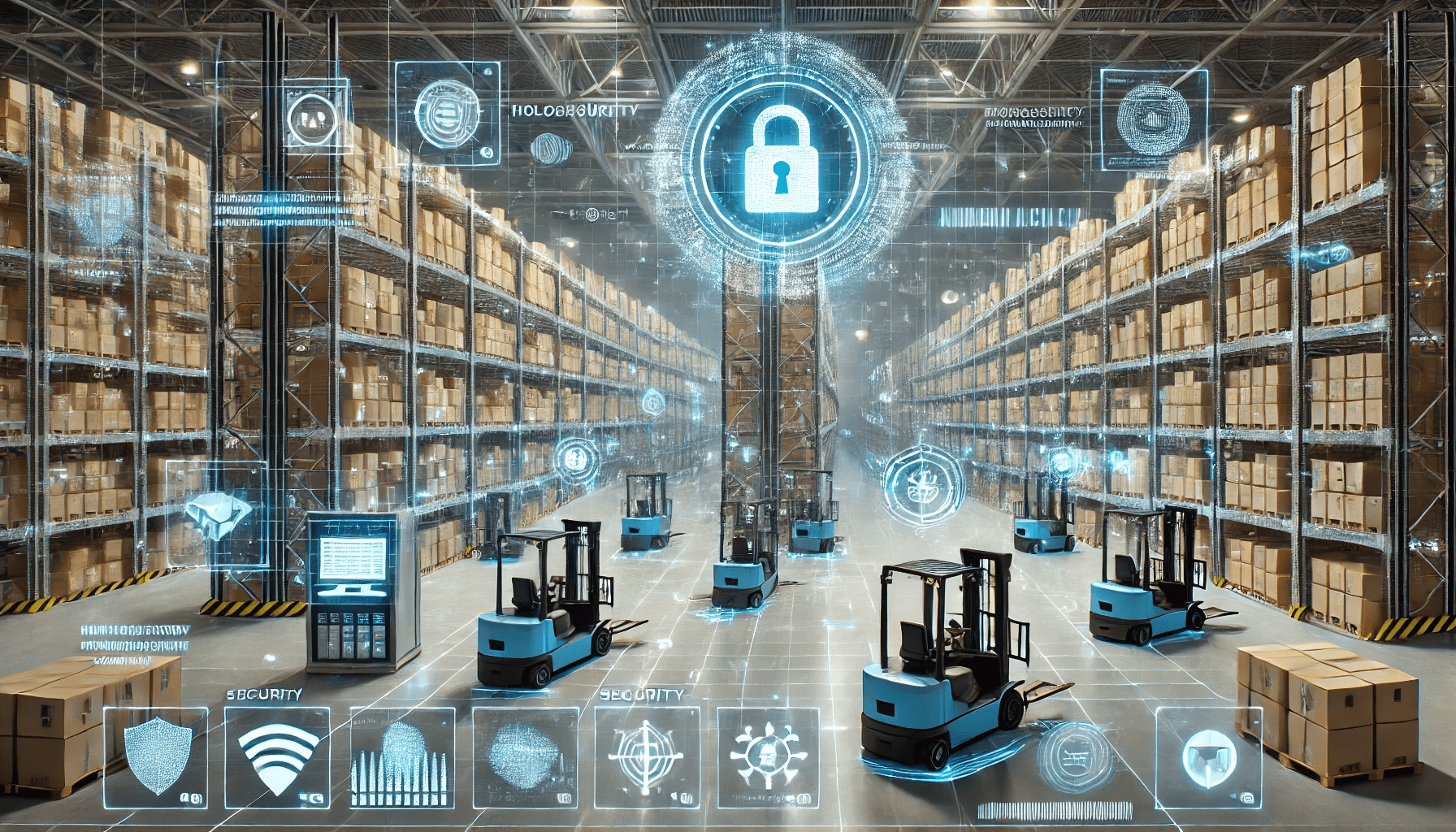Supply chains have had quite a tumultuous time these last four years. From pandemic woes to geopolitical difficulties, the status quo has been put into question again and again. And while the pandemic introduced complications and delays, that time period also forced innovation. Remote capabilities were expanded, the practice of diversifying supply chains became a necessity, and technologies to supplement the supply chain were more widely implemented. And with that came the expanding growth and adoption of generative artificial intelligence (AI).
As 2024 forges ahead, supply chain leaders are taking stock of what rises to the top as key priorities for the year, like resilience and optionality, the safe use of AI, cybersecurity, and how to prepare for potential shortages. Let’s review.
Resilience and Optionality
Companies are prioritizing building resilient supply chains by diversifying sources and locations. The need to do this became abundantly clear during the pandemic when a variety of industries faced material shortages and delays. Northern Tool, for example, is diversifying its sourcing, no longer relying on a single point of origin, securing warehouse capacity in other parts of the country. Having multiple sources gives companies the upperhand in locating backups when needed; flexibility in supply chain management is critical to fostering resilience.
Northern Tool also changed how they handle e-commerce orders. In the past, all online orders originated from a single warehouse, and only 17% of them were being fulfilled the day the order was received. By changing their hours of operation, hiring more employees, and updating job descriptions so employees could do more, as much as 99% of their orders can now be fulfilled on the day they are received.
Of course, resiliency does come at a cost. Having partnerships and agreements with multiple vendors may incur fees, a cost that may be worth taking if it safeguards your supply chain against the unknown. Meeting with multiple vendors and negotiating options that are beneficial for both parties is an excellent way to implement resilience strategies that will last for the long haul.
The AI Advantage
The adoption of technology can help too. A global survey of supply chain professionals across industries in 55 countries found that investing in the latest technologies such as cloud computing, AI, and IoT solutions is more than a tactical necessity. It’s a critical component of enabling business growth and fostering agile supply chain operations.
The aforementioned survey found that 76% of companies believe artificial intelligence will be an important part of their supply chain in the next three years. AI can help supply chains by predicting demand, optimizing routes, and automating mundane tasks. Supply chain leaders believe AI will be able to assist companies react to consumer demand more quickly, eventually fostering a self-driving supply chain with real-time adjustments. Some companies are already using AI and machine learning capabilities to predict individual shopping carts using algorithms, and the more data is collected, the more accurate that capability will become.
The main trend to watch out for in terms of technology is collaborative AI, or leveraging AI as a tool to support human expertise. AI will serve as a worthy partner in a variety of settings, including product development, market research, and quality control. With extensive data, and a deeper understanding of consumer needs and preferences, AI will be able to assist companies in developing products that are tailored to meet the needs and expectations of their target market. AI can help process vast amounts of data, giving companies deeper insights into customer preferences, demands, and emerging and waning trends.
AI is far from perfect, and its benefits are reliant on the fact that it is always learning, always improving. At the moment, it isn’t adept at handling more nuanced aspects like consumer preferences, but leaders predict it’s only a matter of time. Of course, with increased use of technology and the interconnectivity of it all, cybersecurity becomes increasingly more vital.
Security in the Digital Age:
More and more companies are becoming connected digitally, including smaller, less equipped companies. Increased digitization in supply chains exposes companies to new vulnerabilities. Supply chain businesses are not immune to cyber attacks, which is why risk assessments and cybersecurity standards are a must.
Every company will have a different set of cybersecurity standards, but some that are essential, regardless of size or industry are:
- Restricting system and data access to authorized individuals
- Use data encryption
- Implement network security measures
- Provide security training
- Implement an incident response plan
- Designate disaster recovery processes
- Comply with industry-specific security standards
- Practice continuous monitoring
- Develop an audit program to enforce the supply chain cybersecurity plan
Keeping companies safe requires vigilance and collaboration. Clear cybersecurity standards, regular third-party assessments, and continuous data protection are vital. Companies can take a myriad of steps to protect against cyber attacks, but there is no guarantee of safety.
Shortages are still possible
We may be in a period of inventory excess, but that can change at any time. From pharmaceuticals and food to battery minerals and climate-driven disruptions, there are many potential challenges ahead, bolstering the argument for implementing strategies that enable resilience now, so we’re not caught in the fray. Leaders are tracking three key problem areas.
- Pharmaceuticals and Medical Supplies: Ongoing shortages of crucial medicines and long lead times make finding alternative suppliers challenging. This highlights a need for early risk assessment and diversification of sources.
- Food: With concerns about the continued conflict in the Middle East, climate disasters, and lasting impacts of the Ukraine war, building strategic partnerships and exploring local sourcing can mitigate risks.
- Battery Minerals: Surging demand for electric vehicles and clean technologies clashes with geographically concentrated mining, raising supply concerns. Investing in domestic supply chains and long-term contracts can help diminish the impact.
As we step into 2024, the future of supply chains lies in a delicate balance between human expertise and technological prowess. With collaboration, innovation, and a proactive approach, we can foster a more efficient, resilient, and sustainable network for generations to come. As supply chain experts, we have what it takes to ensure you get the most out of your supply chain. If you’re looking for ways to best navigate your supply chain in 2024, look no further. Reach out to find out how we can create an optimal solution that delivers maximum value.













